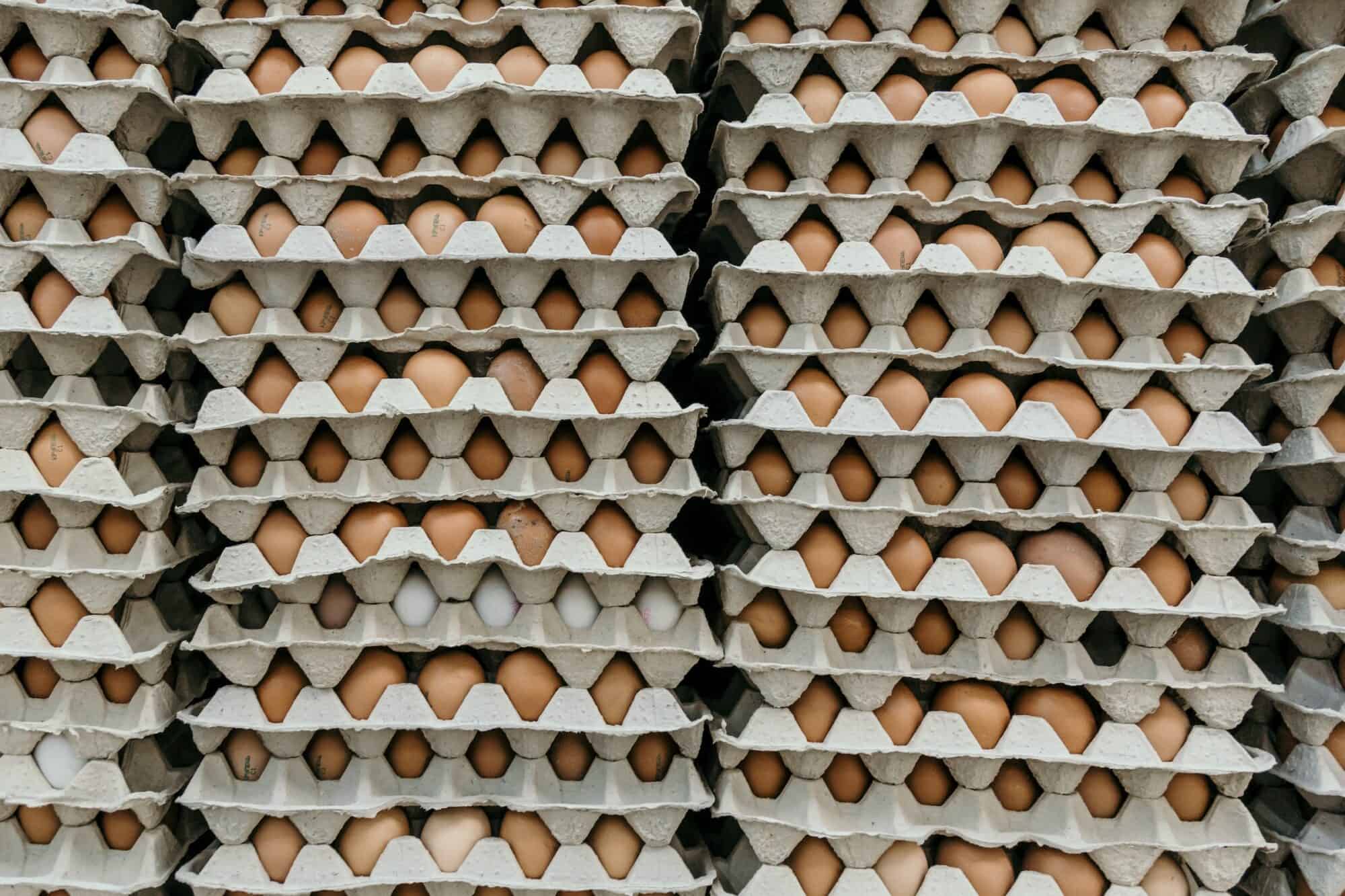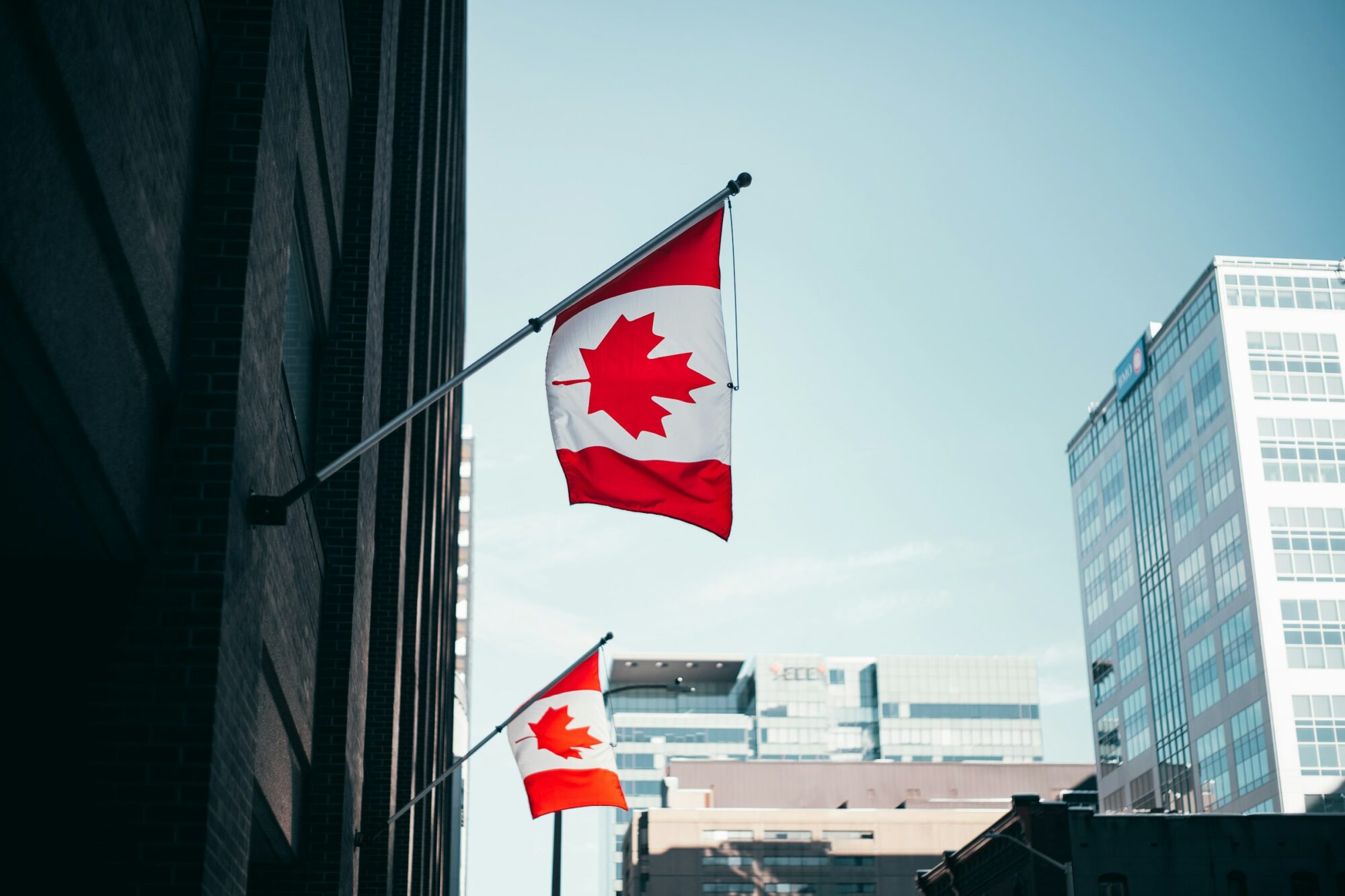The recent conclusion of the Trans-Pacific Partnership (TPP) negotiations between Canada and eleven other countries has resulted in the usual chorus of condemnation by right wing economists of Canada’s system of supply management covering dairy, eggs and poultry.
For them, the TPP represented an opportunity to get rid of a system that matches domestic demand with supply and that provides Canadian farmers in the covered sectors with a living wage while also giving consumers a high-quality product at reasonable cost.
Supply management’s problem, at least according to this pampered group, is that it represents public sector regulation, which in their eyes is an abomination. Their cry is “let the market decide.”
We know where that has gotten us in so many compromised sectors.
It’s important to understand what happened in the final TPP round to arouse their ire. In short, they believe the system of supply management was preserved. This downplays, however, that a significant carve-out of dairy market share was given to certain other countries. Those who wish to scrap supply management might yet see their wish come true – combined with the market share percentage given to the European Union as a result of the Comprehensive Economic and Trade Agreement (CETA), this could be the beginning of death by a thousand cuts for dairy supply management at least.
If supply management were to be killed, it is fair to ask what Canadians would lose.
First, it would create volatility in supply and price that would not serve us well. Presently, global dairy is in the throes of a massive downturn, which has created havoc everywhere but in Canada. Why should this concern Canadians? Because the agricultural sector is important and this sort of dairy price collapse helps no one. Farmers suffer because of the toll it takes on their livelihoods, while consumers do not necessarily benefit from lower prices given the activities of supermarkets (and others) to keep prices as high as possible.
When the dust clears from this latest carnage, there will undoubtedly be fewer producers, and that too could negatively impact consumers.
Supply management allows Canadian farmers to plan for the future and to stay the course. This, in turn, allows Canada a degree of food security and food sovereignty that is remarkable. These concepts will become increasingly important as climate change affects global agricultural production. In California, for example, Noah Diffenbaugh of Stanford’s School of Earth Sciences suggests that the debilitating drought the state is experiencing is “likely the new normal.” Supply management allows farmers to earn a living wage with smaller farms, which are more environmentally sustainable.
Of course, a living wage is critical. Too many agricultural producers in other countries don’t earn one, which makes one wonder why anyone would farm. As the old saying has it, you can make a small fortune in agriculture if you begin with a large one. At the recent International Egg Commission meetings held in Berlin, I heard endless testimony about egg farmers in the 44 countries represented who did not make money.
They all hoped for better things next year.
In order for those egg farmers to stay in business banks offer lines of credit, which can only take one so far, while governments offer subsidies to help bolster lines of credit. As a result of the latest Farm Bill in the US, these subsidies amount to US $1 trillion over ten years. In the EU, the subsidy figure is well into the billions of euros. Canadian farmers in the supply managed sectors do not need subsidies as the negotiated price for dairy, eggs and poultry covers the cost of production. This leads to food security and sovereignty in ways that are the envy of other countries’ producers.
And what of environmental sustainability? Is a farm of 30,000 dairy cows (or 100,000 if reports coming out of China are correct) viable over the longer term? These are increasingly realities because of the economics of dairy production. In the US, for example, as recently as 1992, there were only 31 farms with 3,000 or more cows. By 2012, that had grown to 440 and many of these had more than 5,000 cows. Canadian dairy farms, by contrast, average 76 cows.
A partial effect of the American situation? In January 2015, a US federal judge ruled that an 11,000 cow dairy operation in Washington state presented an “imminent and substantial endangerment” to the environment and to people who drank the water given its massive manure footprint. Damages are pending.
Finally, what about the issue of cost to consumers that the right wing (ironically) uses to castigate supply management. In short, Canadians do pay more than Americans for their milk and eggs, but they do that for everything. Costs of production in Canada are about 35% higher, something that is reflected in pricing structures across the entire economy.
When it comes to dairy, our climate is also less hospitable for farming, which adds to cost and our farmers operate without subsidies, unlike in the US. Our milk is very fairly priced and there is little evidence it is too expensive for buyers. It also provides a secure product that does not contain growth hormones, as some US milk does.
Whether the TPP, as it unfolds (and if it unfolds), will cause irreparable damage to Canada’s supply managed agriculture remains to be seen. Should it come to pass, it represents major challenges in those sectors and uncertainty for consumers. Environmental and animal welfare will be disadvantaged, as will Canadian food security and sovereignty.
As citizens, we must mobilize to ensure that eventuality does not happen.





